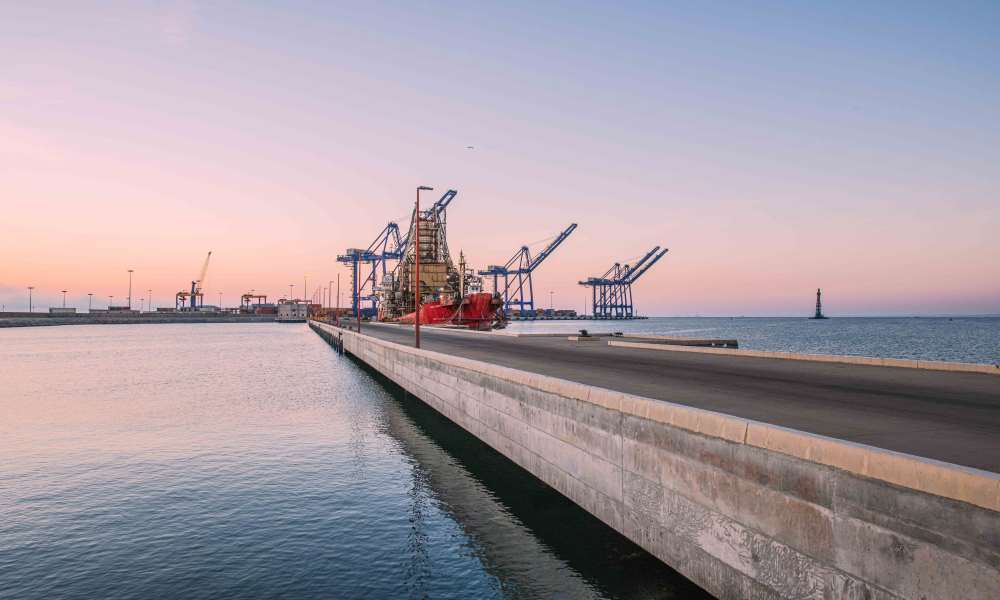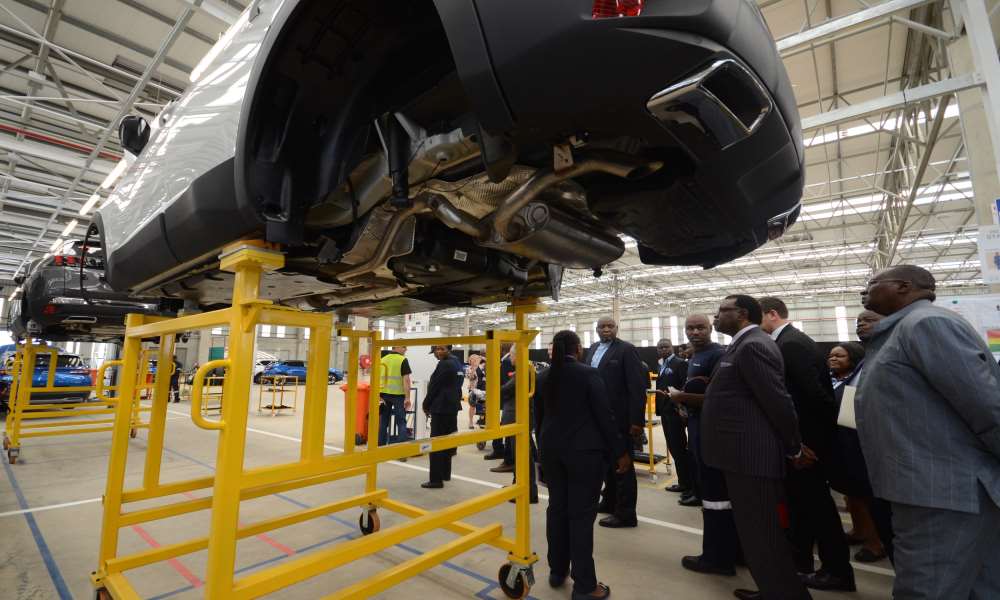Are SEZs Namibia’s investment panacea?
Understanding the taxonomy of special economic zones
The perceived benefits associated with Special Economic Zones include the relative ease of implementing business reforms, perceived low cost of establishing SEZs and increased competitive pressure.
Are SEZs Namibia’s investment panacea?Namibia’s zeal to seal investment deals has not yielded the desired results over the years, but that has not stopped those entrusted with luring investors from ensuring that an adequate business environment exists.
With the stiff competition that exists between sub-Saharan countries when it comes to attracting big multinational firms to set up shop on the African continent, Namibia has over the years turned to the creation of economic zones.
Special economic zones (SEZs) are geographically designated areas of a country set aside for specifically targeted economic activities, supported through special arrangements (that may include laws) and systems that are often different from those that apply in the rest of the country.
There are currently over 5 000 SEZs worldwide, more than 200 of which are on the African continent.
Some of the perceived benefits associated with SEZs include the relative ease of implementing business reforms, perceived low cost of establishing SEZs and increased competitive pressure.
On the flipside of the economic coin, however, red flags are always raised over the long-term sustainability of dedicated economic zones, changing patterns of international production as well as the rapidly-changing industrial revolution and digital economies.
Given the pedestrian growth of Namibia’s manufacturing sector over the years, high regional inequality as well as the low sectoral productivity levels, much like the rest of the region, government realised the need for a SEZ policy.
According to government, such a policy would signal to both domestic and foreign investors Namibia’s readiness for doing business and building key strategic sectors while adhering to sustainability principles.
The SEZ policy would also pivot towards ensuring our laggard regions’ development, community sustainability and inclusion while maintaining fiscal credibility.
Enabling transformation
According to local economist Salomo Hei, SEZ can be an enabler towards transformation.
“Namibia’s economy has structural deficiencies that needs to be addressed through different interventions. SEZ could assist in that respect, provided it’s applied correctly.
“Investors don’t shy away from local conditions; they want certainty around local conditions. We cannot keep investors in mid-air,” he said.
With Namibia’s small population often touted as a stumbling block when it comes to investment attractiveness, Hei has another school of thought.
“Market size plays a role, but it’s not the only determinant. However, policy certainty is critical. Botswana has a deliberate localisation policy, but that doesn’t deter investors. We have multinationals in different sectors like fishing and mining, but we hope that the African Continental Free Trade Area (AfCFTA) can open up avenues for manufacturing and industrialisation.”
Poor performance
But despite concerted efforts to improve the business climate in the country, Namibia has consistently performed poorly on the Ease of Doing Business Index, which is released annually by the World Bank.
Between 2008 and 2020, Namibia’s aggregated average ranking stood at 91.7 on the index. Namibia reached an all-time low when it ranked 108th on the index in 2016, with its best performance at position 54 in 2008.
The latest 2020 rating placed Namibia in position 104 of 190 economies.
Timeline
June 2021: SEZ masterplan development strategy
November 2021: Policy development
April 2022: Legislation development
October 2022: SEZ financing strategy
December 2022: Develop SEZ one-stop shop
January 2023: Impact assessments
Incentives
Incentives on corporate income tax
Incentives on import duties/customs tariffs
Investment allowance and capital deductions allowance
Research and development incentive
Land premium such as subsidised rentals or serviced land
Establishment of one-stop shop
Competitive utility tariffs
Supportive and directed approach to the provision of visas for non-resident foreign investors






